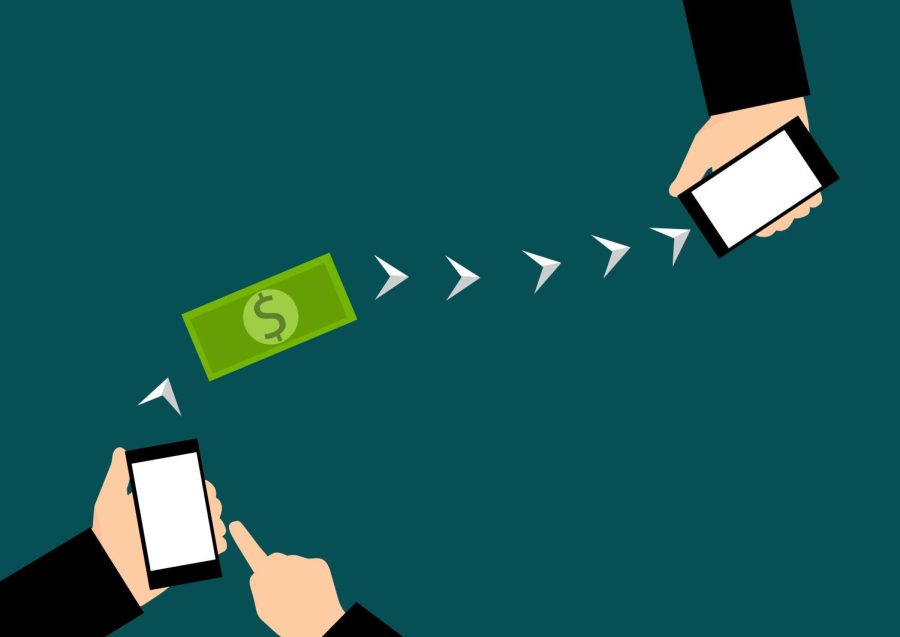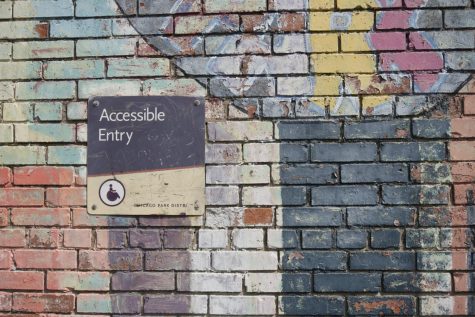BEYOND | Digital Wallets and Cryptocurrency: Is Physical Money Going Out of Style?
Like credit cards in the ‘70s, society’s shift to digital wallets and cryptocurrency has been all of the excitement (and rage) in today’s monetary landscape. For laymen like me, unaware of all of the integral details of such currency alterations, this shift has been a swift transition, prone to slight confusion. With split support from advocates of digital wallets and cryptocurrency alike, this transition proves to be one of divisive support and opposition. As a nation, plugging the daily functions of our lives into the digital world has brought upon many significant successes and, conversely, pitfall failures. Certainly, there was only a matter of time until currency made an impactful debut in the digital realm. The only question left to ask is: what changes might this trigger as society moves forward?
For a majority of us, our lives have consisted of paying for items and services with physical money and rectangular plastic cards. Personal checks have become nearly obsolete in modern times, and coins, specifically pennies, have experienced an incessant shortage. We recognize these shifts more distinctly than any other. A subtle but impressive progression, digital and cryptos timely entrance makes sense in the chain reaction of such occurrences. These methods are convenient and already hold the top spot in our society. PayPal, Cash App, Apple Pay, Google Pay, Venmo, and Zelle. How many of these do you recognize as a driver of your money spending? Bitcoin, Ethereum, Tether, Binance Coin, and Binance. Now, how many of these might you register as forms of cryptocurrency?
The driving point of both questions intends to emphasize the observable presence of such applications in our daily lives. It would be a disservice to underestimate the effectiveness of both in day-to-day encounters — a drastic change within a matter of the past five years. So, why now? Why has the digital landscape finally eclipsed our use of physical money, credit cards, and debit cards? Were these classically functional methods of monetary exchange no longer effective? Well, not exactly.
As universal interfaces transition to digital planes, it was unlikely that monetary exchange did not follow suit. As with many other digital functions, having digital wallets and cryptocurrencies enable a simplistic user experience that physical money does not always offer. It unravels the need to carry around heavy wallets filled with crumpled dollars and hunks of change. Given its ability to be easily tracked, it (for the most part) suppresses our feeling of not knowing where and how we spent our money so quickly. Most significantly, digital wallets and cryptocurrency provide a robustly futuristic experience that physical currency simply cannot translate in today’s world.
Reflective of many other contemporary changes, the pandemic jumpstarted the demise of physical money. Despite digital wallets and cryptocurrencies gaining steady traction pre-COVID, the pandemic accentuated the presence of bacteria accumulating on cash as it sifts from transaction to transaction. It may come as no surprise that the masses avoided bacteria transmission at any means necessary — especially in money handling. In come digital wallets and cryptocurrency. Both options served as a route to avoid an unnecessary exchange of bacteria. Of the two, however, digital wallets served as the victor in the grand scheme of new spending habits. Even as the nation has let up on its former germ craze, the use of digital wallets and cryptocurrency maintain the highest favor.
Of course, the reprise of currency in the shape of digital formats takes on a new meaning for paying for things. But, one may consider what results this change might comprise? The most worrisome effect directly correlates to homeless and lower-income members of society. Generally, as people increase their use of digital wallets and cryptocurrency, miscellaneous vendors will take heed of this occurrence. We may already notice this in stores that claim the title of being “cashless,” a term derived from the concept of a cashless society. While these stores typically still accept credit or debit cards, cashless reinforcement instantly eliminates potential customers who do not have access to such options or, more notably, low-income or homeless people. The results of becoming wholly digital would take a devastating toll on the livelihood of many, adding futile difficulties to an already difficult circumstance.
To take things further, the wavering possibility of such systems experiencing outages or purposely being shut down suggests possible concern. Currently, Apple Pay and Google Pay have been ordered to be shut down in several areas of Russia by US sanctions. In Canada, sanctions were placed to prevent anti-mask/anti-vaccine “Freedom Convoy” truckers from completing transactions on a litany of cryptocurrencies, Bitcoin and Ethereum, among the few. Naturally, these occurrences are authoritative reactions to much larger incidents and exhibit distinctive conditions. Though, these events call attention to the imminent measures that can be drawn from digital currencies reliance.
Apple Pay and Google Pay no longer work on Moscow’s metro system, leading to long queues as people fumble about for cash pic.twitter.com/ezaLZneKiJ
— Jason Corcoran (@jason_corcoran) February 28, 2022
Outside of the most extreme cases, outages are likely to occur every once in a while. Though the result of these outages is likely transient, it could play as an inconvenience to those in need of a speedy transaction. Early January of 2022, Apple Pay outages linked to the namesake Apple Card prohibited users from signing in to their accounts and, further, sending payments owed to the company.
…
As we transition toward the renewal period of money’s improved and digitized arrangements, what are we to do with our dust-collecting cash and coins? Despite it all, the presumed relic-to-be holds convenience and purpose. In reality, physical money still has a comfortable footing in our society, and that is unlikely to change overnight…perhaps in a decade’s time. While we find satisfaction in our digital wallets and cryptocurrencies, who knows? Maybe physical money will make a striking comeback.













